1921 (Taisho 10) Sunday, June 5: Completion ceremony of the new school building was held at Hosei University. A new three-story wooden school building was completed on the current Ichigaya campus. The participants included Shinpei GOTO, mayor of Tokyo, Hideo YOKOTA, President of Daishin-in (Predecessor of the Supreme Court of Japan), Enkichi OKI, Minister of Justice, Tokugoro NAKAHASHI, Minister of Education, and Reijiro WAKATSUKI, Vice President of Kenseikai.
Hosei University was founded in April 1880 (Meiji year 13) in the Tokyo Law Society/Faculty of Law Department established in Surugadai, Tokyo. The following year it was renamed Tokyo Law School, and in 1883 (Meiji 16) Gustave Boissonade, father of modern Japanese law, became the first vice-principal. In 1889 (Meiji 22), it merged with Tokyo French School to become Japanese-French Law School. Reijiro Wakatsuki was a lecturer of civil law and tax law at Japanese-French Law School. Wakatsuki is an active bureaucrat in the Ministry of Finance, and while working in important positions such as chief of the tax bureau, he taught at Japanese-French law school.
In 1903 (Meiji 36), the Japanese-French Law School was renamed Hosei University, and Wakatsuki continues to serve as an advisor to the university. 100 years ago, at the time of the completion of the new school building, Wakatsuki was the Vice President, No. 2 of the opposition Kenseikai, and this was the reason he attended the completion ceremony.
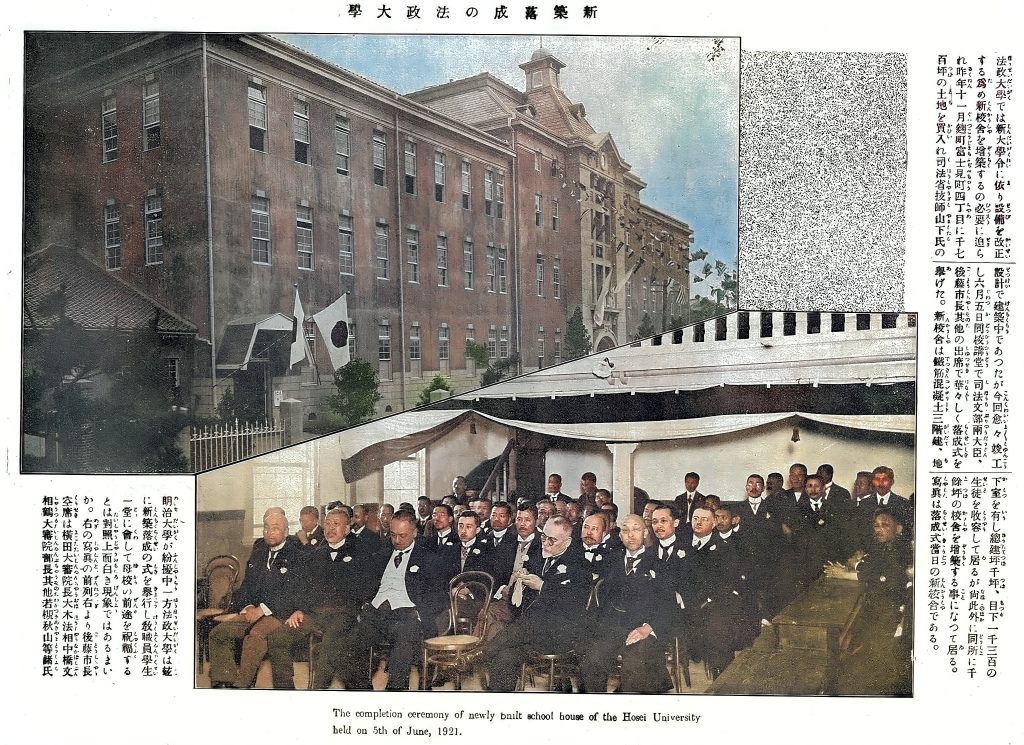
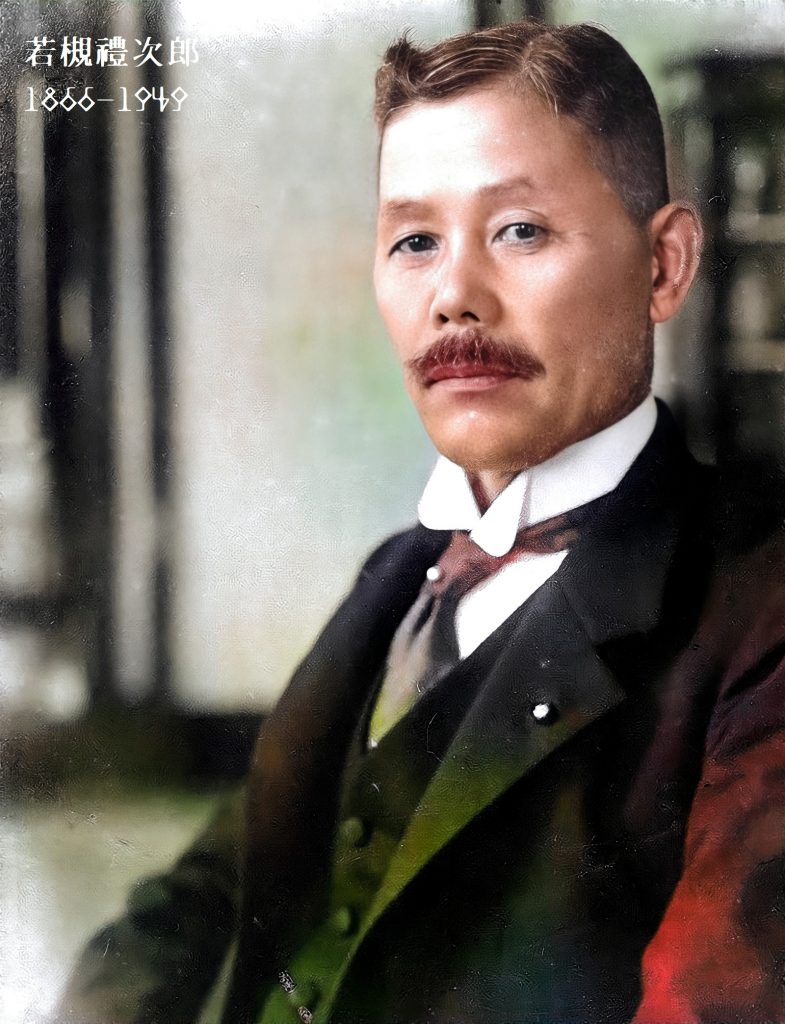
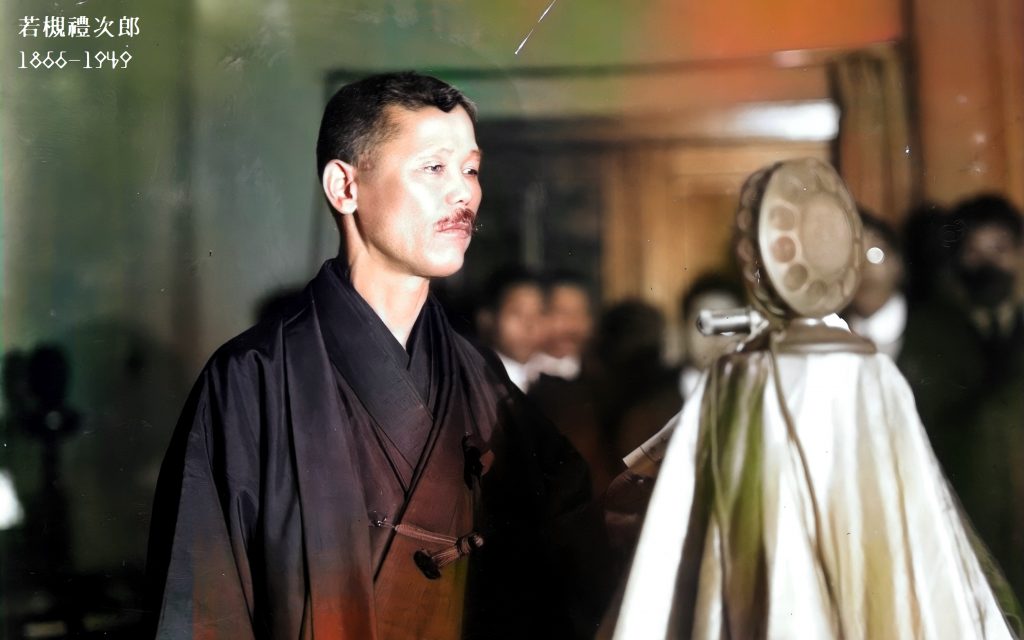
At the same time, the Meiji University campus strife continued. On December 1, 1920, a student meeting was held at Meiji University and a resolution was passed recommending the resignation of the president Tomosaburo KINOSHITA and the dean Yoshikata TAJIMA. The main members of this movement were political science students who were not promoted to faculties by the University Ordinance, and the background was their dissatisfaction with the arrangement of courses focusing on law and the large number of combined classes. The authority of the university expelled eight student leaders and dismissed two professors, Etsujiro UEHARA and Rinpu SASAGAWA, for instigating the students on December 10.
The students strongly demanded the return of the two professors and the withdrawal of the expulsion. In the end, the university authorities allowed the two professors to return to work, and the punished students also returned to school. The students also withdrew their demands for the resignation of Kinoshita and Tajima.
On April 28, 1921 (Taisho 10), however, the Ministry of Education permitted only the reinstatement of Sasakawa, but not Uehara. Sasakawa declined to be reinstated. The conflict transformed from the authority between students and universities to the authority between students and the Ministry of Education.
On May 16, about 2000 Meidai students rushed to the Ministry of Education, and demanded Uehara’s return to work, the elimination of pressure on private schools, and the guarantee of academic independence.
On May 18, a joint speech meeting of private universities was held at Meidai Memorial Hall.
On May 24, the university authorities expelled and expelled 13 ringleaders of the student movement, and the students went on strike.
On May 30, the police force entered the university. The students who were besieged in the memorial hall resisted fiercely while singing a school song, and a police officer fell from the second floor of the memorial hall and got injured.
In the end, President Kinoshita and four other leaders resigned to take responsibility. The succeeding president was Tomitani. However, Uehara’s reinstatement failed, and the unwinnable university dispute over Meiji University came to an end.
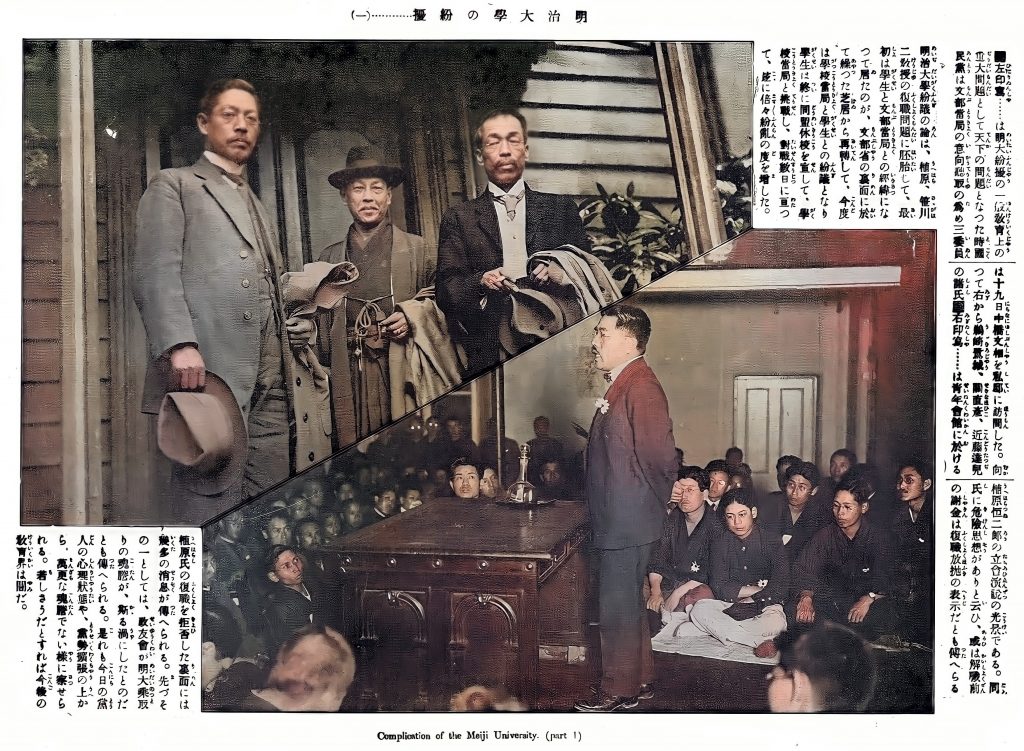
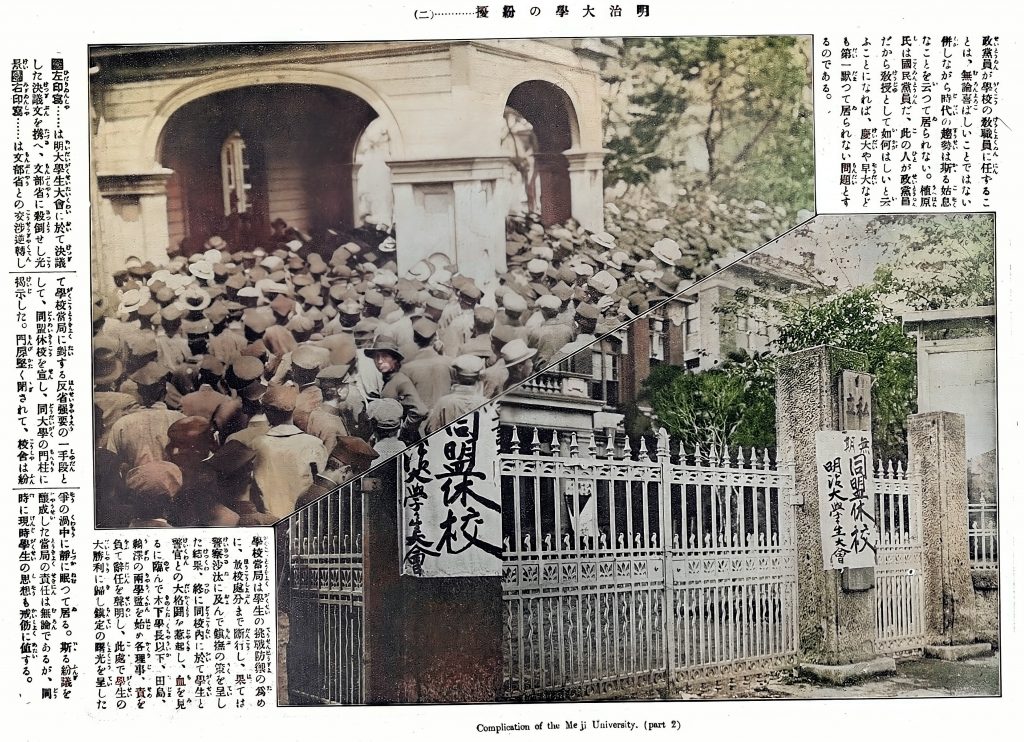

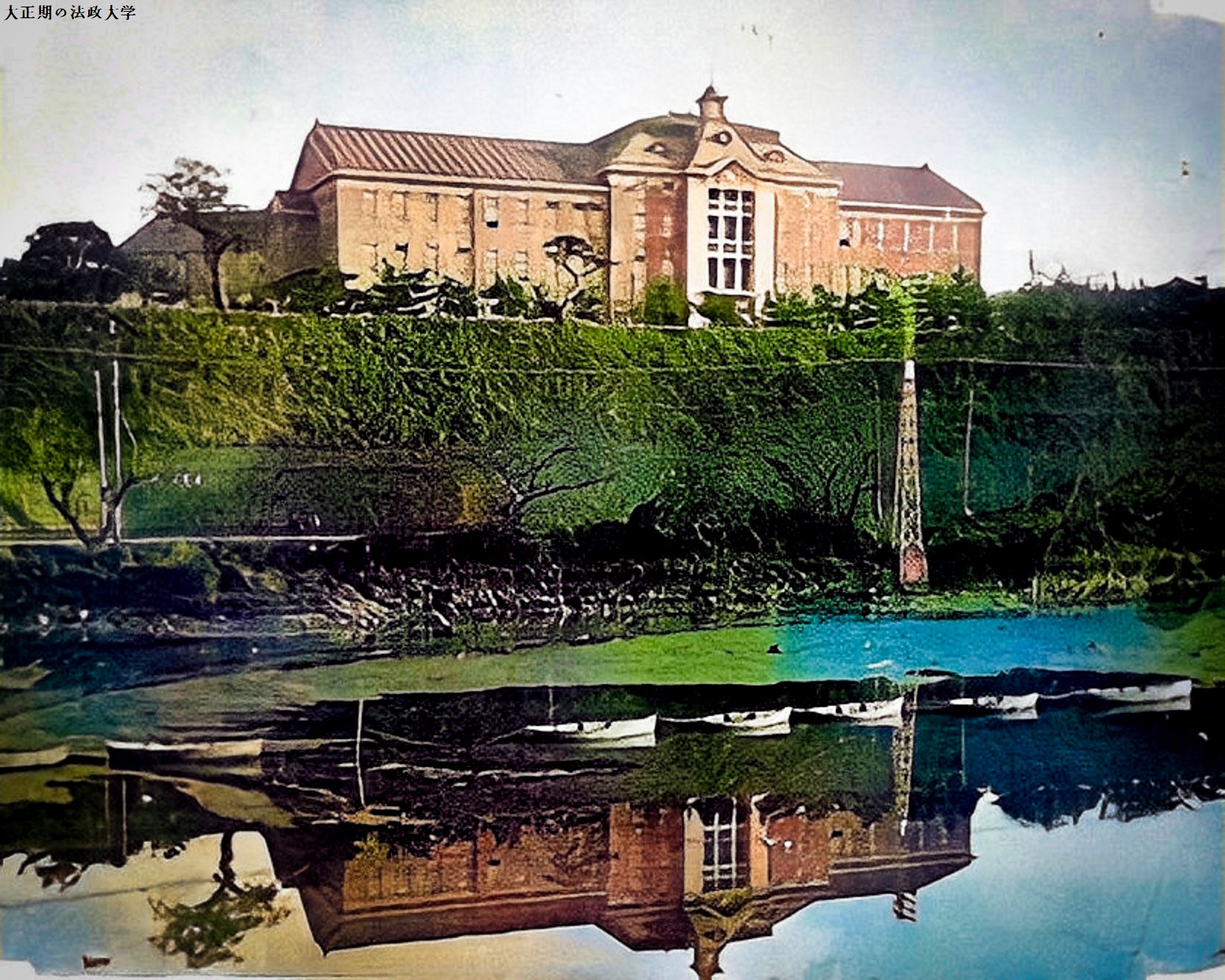
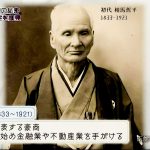
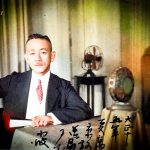
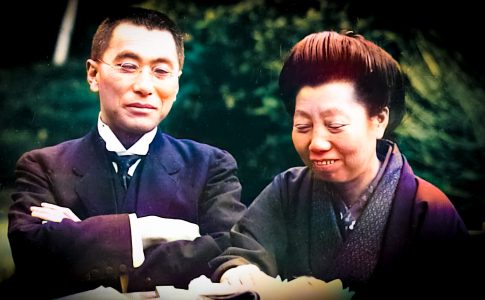
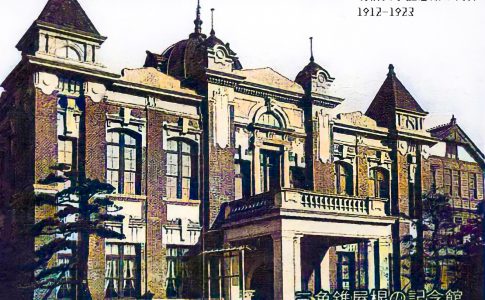
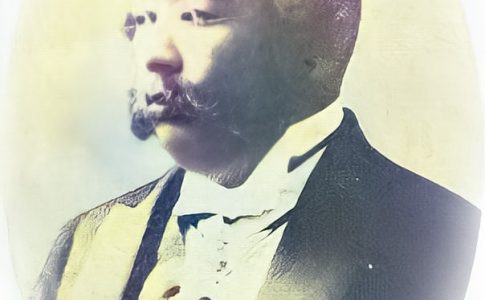
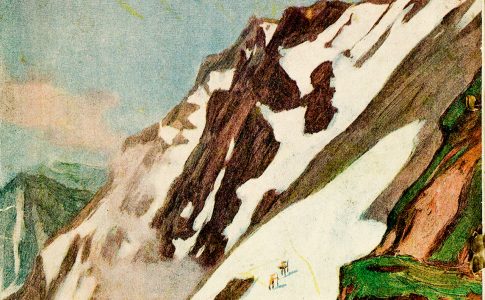
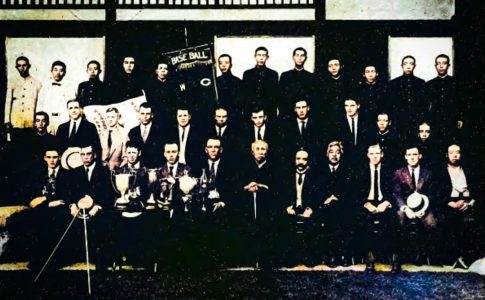
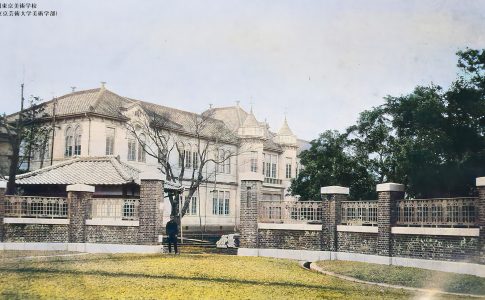
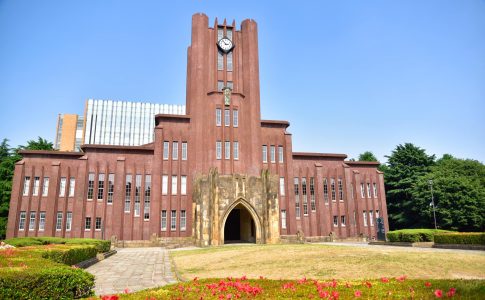
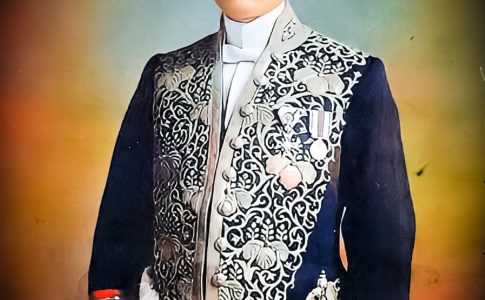
Leave a Reply